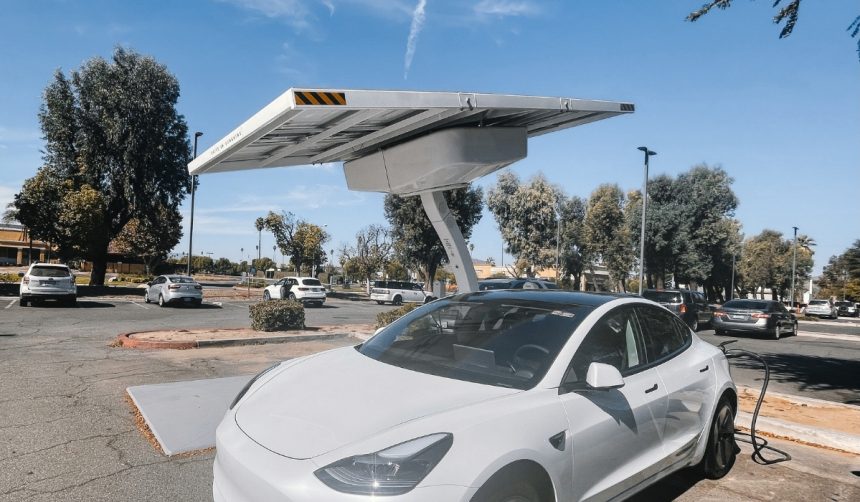Tesla has provided a glimpse into the future of its Semi factory at the Gigafactory Nevada site with a new rendering shared by Semi Program Head Dan Priestley. This image, posted on X, showcases the completed appearance of the factory, which will feature multiple Semi docking bays and the word “Semi” prominently displayed on the building. The factory is currently under construction, with steel and other materials arriving at the site for several weeks.
New Look for Giga Nevada
The rendered image provides more than just a visual update; it signifies the company’s ongoing efforts to expand its production capabilities. The expansion project, which began earlier this month, includes the addition of a 4680 battery cell factory. Together, these projects are expected to add 6,500 full-time jobs and approximately four million square feet of manufacturing space at an estimated cost of $3.6 billion.
Tesla aims to begin Semi production at the Giga Nevada site by late 2025, with deliveries to initial external customers anticipated by early 2026. The company has been actively expanding its client base for the Semi, beyond its initial deliveries to PepsiCo. Recent announcements have revealed orders from major companies such as Costco, Martin Brower, and Walmart.
Past Announcements and Updates
Subsequent to the initial groundbreaking in January, there have been significant updates regarding the project. Notably, in March, an audio recording from Elon Musk’s visit to Gigafactory Berlin surfaced, where he mentioned the possibility of the German plant producing the Semi in the future. This aligns with Tesla’s broader vision to scale up production across multiple locations globally.
Additionally, Tesla Semi has shipped over 20,000 battery packs from Giga Nevada, emphasizing the facility’s pivotal role in Tesla’s supply chain. These developments highlight Tesla’s commitment to not only expanding its manufacturing footprint but also enhancing its logistical capabilities.
The announcement of this ambitious expansion aligns with Tesla’s strategic objectives. By adding substantial manufacturing space and thousands of jobs, Tesla aims to solidify its position as a leading player in the electric vehicle market. The planned facilities for the Semi and 4680 battery cells will play crucial roles in meeting the growing demand for electric trucks and advanced battery technologies. For readers, this information underscores the scale of Tesla’s operations and its influence on the industry. It will be interesting to observe how these developments unfold and impact the market in the coming years.










